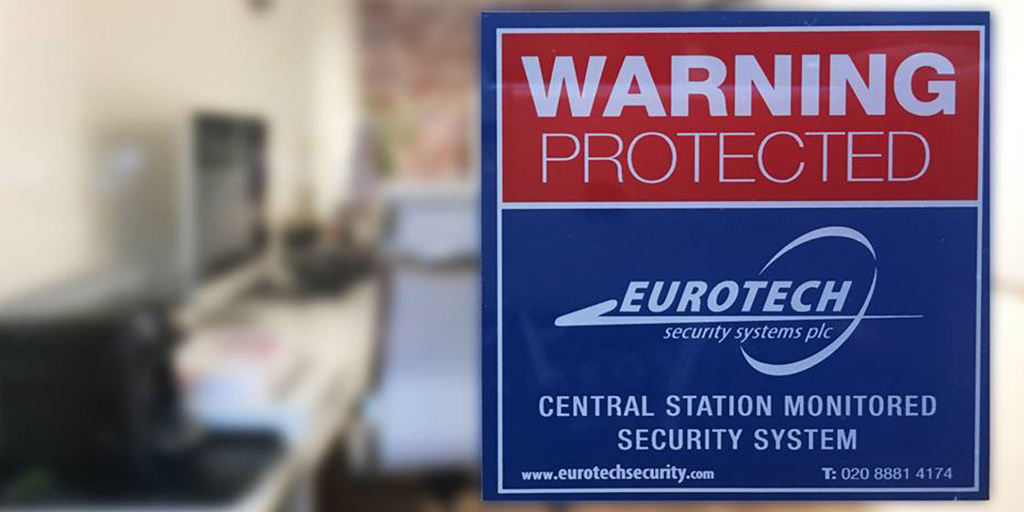Identifiable Stolen Property Guide
–
If your computer was stolen, would you know its make, model and serial number? If you could find the receipt, you will probably be able to find out the make and model. Unless, however, you’ve made a special effort to write the serial number down, your computer would be no different from the millions of others stolen all over the country.
If the serial number of a stolen item was known, it could then be circulated throughout the country as stolen, in a similar way to a registration number of a stolen car.
Not only are your chances remote of getting unidentifiable possessions returned, but also without being able to prove an item was stolen it can be very difficult to substantiate a charge against a suspect. Arresting offenders isn’t difficult. Getting evidence is!
Don’t just restrict your list to highly expensive items like computers and their peripherals. Telephones and other electrical goods are just as desirable to a thief.
About the Immobilise.com system
Immobilise is the world’s largest FREE register of possession ownership details and together with its sister sites the Police’s NMPR (www.thenmpr.com) and CheckMEND (www.checkmend.com), forms a very effective tool in helping to reduce crime and repatriate recovered personal property to its rightful owners.
Immobilise can be used by members of the public and businesses to register their valued possessions or company assets, and exclusive to Immobilise all account holders registered items and ownership details are viewable on the Police national property database the NMPR (www.thenmpr.com).
This online checking service is used by all UK Police forces to trace owners of lost and stolen property. In addition Immobilise is checked daily by a huge range of recovery agencies and lost property offices.
As a direct result of Immobilise there are over 250 cases a week where property is returned or information collected that assists the Police in investigating criminal activity involving stolen goods.
Immobilise is also the only ownership registration service supported by all UK Police forces, the Greater London Authority, and the Mobile Phone Industry.
Ultra-Violet Marking
Available in all good stationers, security shops, etc., are ultra-violet marker pens for about £1.00.
These felt-tip type pens are designed for writing on your property, including audio/visual equipment, in an ink that is invisible to the eye under normal light.
All Police Stations in the country have portable lights that clearly illuminate the writing on such possessions.
By printing your postcode followed by the street number, or the first three letters of your property’s name, it is possible to trace an owner from anywhere in the country.
Just a few tips, though. Always mark your items underneath as the postcode can be slightly visible on non-porous surfaces, and try to renew every twelve months. Don’t worry about an impending move. Simply postcode your items again. Then the police only have to make two or three phone calls to make to trace an owner instead of two or three thousand.
Branded!
Although secretly marking possessions may be ideal for certain articles, it would be far better to make this identification obvious to a thief, thus deterring the theft in the first place!
There are a variety of systems available, from elaborate branding irons which will emboss your company name or postcode into the surface, to a kit which includes a pre-arranged stencil and acidic paste for neatly marking any surface. Systems don’t have to be expensive. Some schools simply make a thin cardboard stencil of their postcode and spray all equipment with a paint which will “eat” into the surface. Try it on a sample first!
Photographs
For small items which obviously cannot easily be postcoded with an ultra-violet pen, a picture is worth a thousand words!
Photographing all items against a ruler is better than any detailed description, making it easier to make comparisons with found items.
If you have a video camera with a “Macro” lens (for close-up filming), then video record all your possessions.
Not Wanted!
If items are suitably marked so that the true owner is permanently visible, then most criminals would not want to steal them. This has the benefit of reducing the security needed to protect a building.
Forensic Coded Solutions: Liquid
Becoming very popular in recent years is a system of painting a special forensically coded solution over items from large TVs to small computer chips. This solution is visible only under ultra-violet light.
Each batch of the painting solution is made specifically for just one customer and the code of the paint recorded at the Home Office forensic science laboratory. In the event of the property being stolen and recovered by the police, a tiny paint sample is removed for examination. From this swab it is possible to trace the true owner.
Forensic Coded Solutions: Spray
It is now possible to install sprinkler devices in buildings so that if an intruder were to activate the alarm, a forensically coded solution would be sprayed over both the intruder and whatever property he is stealing.
The solution is similar to the paint described above in that it is only visible under ultra-violet light. Warning signs placed around the building are important if a criminal is to be deterred.
Asset Records
It is imperative to maintain accurate records of all the company’s tangible assets, including make, model, serial number, whether identifiable or post coded and the physical location within the company.
If a stolen item were returned to your business, it would be necessary for you to state whether that item had been sold, thrown away or stolen.
In the case of computers, the asset record should contain details of authorised operating systems and software installed. This, amongst other reasons, enables a speedy recovery after any incident.

